The Peaks Challenge Cradle Mountain is the third event of the Peaks Challenge Series and what I consider the most stunning of all of the three rides. Ridden over some of the most spectacular roads in Tasmania, it’s an event that you’ll need to train for. With over 4,000+ vertical meters of climbing divided between short punchy climbs and long steady drags, this event is not for the faint-hearted. In this article I discuss some basics about building strength for the event.
To ensure that you are prepared for the sustained climbing and punchy rolling hills you’ll need to focus specifically on your strength training. In this article, I’ll be discussing the reasons why you need to start your strength training now, some of the techniques that I use to develop climbing strength with my clients and the next action steps to take.
So why is building climbing leg strength so important for the Peaks Challenge Cradle Mountain?
Reducing or avoiding the chance of cramping
While the Peaks Challenge Falls Creek stands out as the one event that you have to pay particular attention to your strength training to avoid cramping. The Peaks Challenge Cradle Mountain is still a formidable ride that requires you to address both long steady climbing strength as well short punchy power strength. If you haven’t physical and mentally prepared for it, there is a good chance that you’ll find yourself cramping on the final punchy climbs that you’ll encounter on the way up to Cradle Mountain turn around at the top of the course. For those that prepare themselves properly, cramping is not an issue. For those that don’t prepare well, cramping can quickly ruin your Peaks Challenge Cradle Mountain ride.
You’ll need leg strength to cope with the extended climbs
While the Peaks Challenge Cradle Mountain doesn’t have the extended climbs that you’ll encounter on the Peaks Challenge Falls Creek ride there are still several longer climbs in this event. For this reason, it’s important to pay attention to the hill climbing training that you do to ensure that the on-road hill climbing and indoor training sessions you do, properly prepare yourself for these extended climbs.
You’ll need climbing leg strength to help you climb over the step gradients on short rolling climbs.
If that isn’t enough, a lot of the Peaks Challenge Cradle Mountain vertical meters are made up of rolling climbs that include quite a few short punchy climbs. So you’ll also need to address your leg strength as well.
The reason we do strength training early on in your program:
This is an event where much of your initial training should be focused on building sustained climbing strength and aerobic base. While it’s important to understand building both, I’d like to stick with building climbing strength in this article.
To learn more about aerobic base training, please read this article: http://www.cycling-inform.com/how-to-do-aerobic-base-training-for-cycling
Leg strength is built slowly and lost slowly. By doing your strength training early on in your training plan, you give yourself time to develop your climbing strength to its full potential. Once you have built your strength, it’s like a flywheel. You only need to put a little bit of energy into your strength training to maintain it. This is important because it then allows you to focus your training on building climbing speed. We all want to climb faster and climbing speed comes from combining aerobic base training and strength training together to get speed. We work on both early with our clients to ensure that when they come to their speed phase, they have done the correct groundwork to ensure that they get the maximum lift ready for their taper and peaking for the event. We develop the climbing power needed for the rolling hills and punchy climbs later on in the program once we have established the foundation of strength training.
There are two methods to build climbing leg strength and in our training programs, we address them both.
How to build strength off the bike:
When people think about building strength off the bike some of us might think of the sort of strength training that is undertaken by sprinters using heavy weights and short reps. While this type of training is great for developing explosive short duration sprinting power that’s great for short hills it’s not going to be much use to you on the extended climbs that you’ll encounter during the Peaks Challenge Cradle Mountain event. To train your legs to deliver good stable power without fatigue for several hours the approach to strength training is different.
We have spent a considerable amount of time developing an off the bike strength training program that specifically addresses this type of training. We incorporate this strength training program into all of our cycling training programs. The foundations of this strength training are integrated; multi-jointed strength training movements using free weights that rebalance the body and build core strength. While there are many functional strength exercises available, we select the ones targeted to transfer directly to cycling. Here is what to look for in strength training exercises:
- Exercise that provides forces that load you diagonally across your body
- Exercises that are done with free weights rather than machines
- Exercises that involve standing on one leg
- Exercises performed with your face down or facing forward
- Exercises that are done using multi-joint movements
We have developed a specific strength training program to address this. You can download the first phase of our off the bike strength training video for FREE here: https://mattbrindle.com/
How to build strength on the bike:
In combination with our off the bike strength training, we do low cadence medium intensity interval pedalling drills on the home trainer that specifically work on developing good pedalling technique at low cadence whilst building strength.
I have found that this integrated approach of combing the two produces the best result with our athletes in the limited time that they have to train, so they quickly get good improvements with their hill climbing.
When doing hill climbing pedalling drills, making sure that you ground yourself on the seat; stable hips, lock your core and drive the pedals with a strong full-stroke pedalling action. Focus on the top and bottom of the stroke. Start out with your cadence at 80. Then, over time, drop it to 70, and then 60, then 50, then 40 rpm over time.
One of the ways to do this is to find a hill around five mins long at a gradient of around 4–7%. Start out doing around six repeats on it at 80 rpm, once every week for two weeks. Then keep dropping your cadence and extending the length of the climb. Do this on different gradient climbs rather than just repeating the same hill all the time.
Doing too much hill climbing pedalling drills is like doing too much weight training at the gym. You will trash your legs by not giving them the chance to recover properly. This will slow you down. Also, try not to spend hours grinding away on the pedals.
Hill climbing pedalling drills can be done on the home trainer too. Intervals with cadences of 70 rpm or lower are great. Two of my favourite are the Hill Climber Cadence Steps E3 and the Hill Climber Cadence Steps VOMAX.
****Remember**** Doing low cadence work will load up your knees. If you have sore knees or get sore knees while doing low cadence work training, then stop training and see your local doctor.
Once we have established the foundation strength we’ll then start focusing out attention to climbing power need for the rolling hills and punchy climbs. I’ll address that in a later article closer to the time when we’ll be transitioning into this training.
Check out this article about To Climb Faster You Need To Build Strength Before Speed.

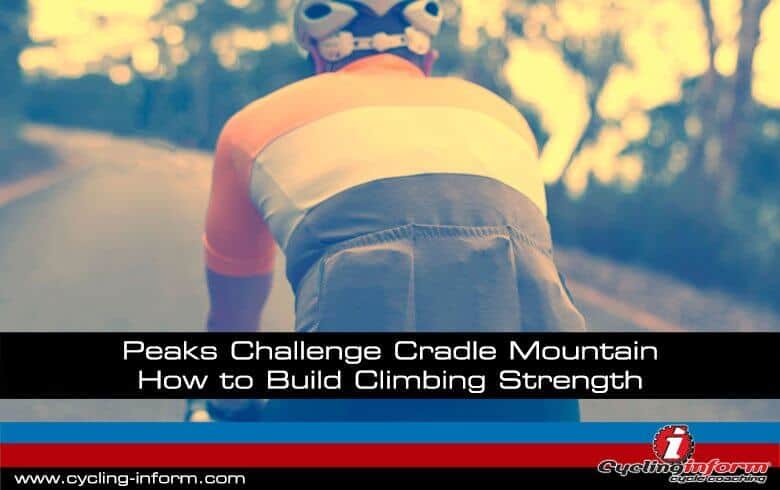
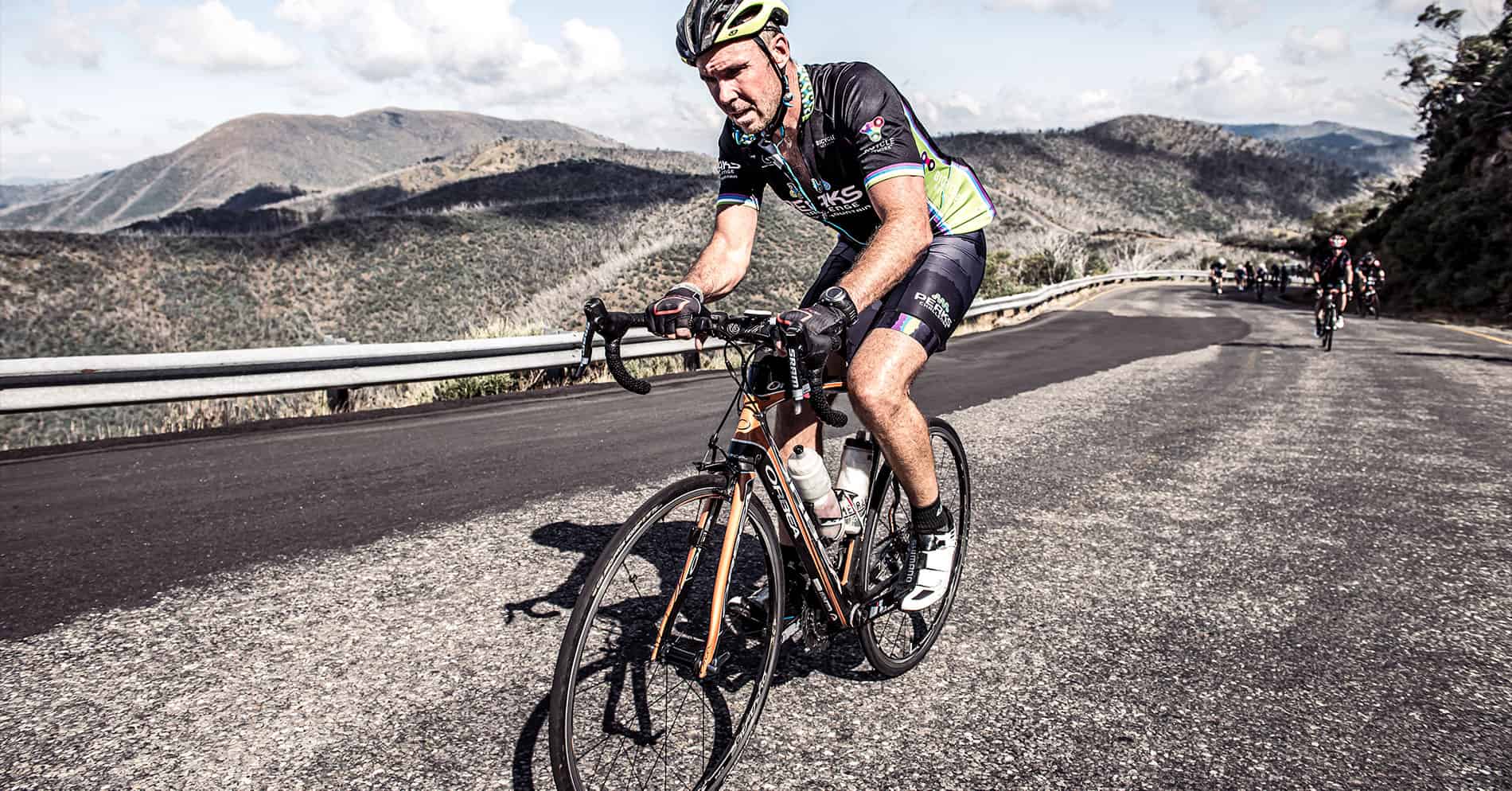
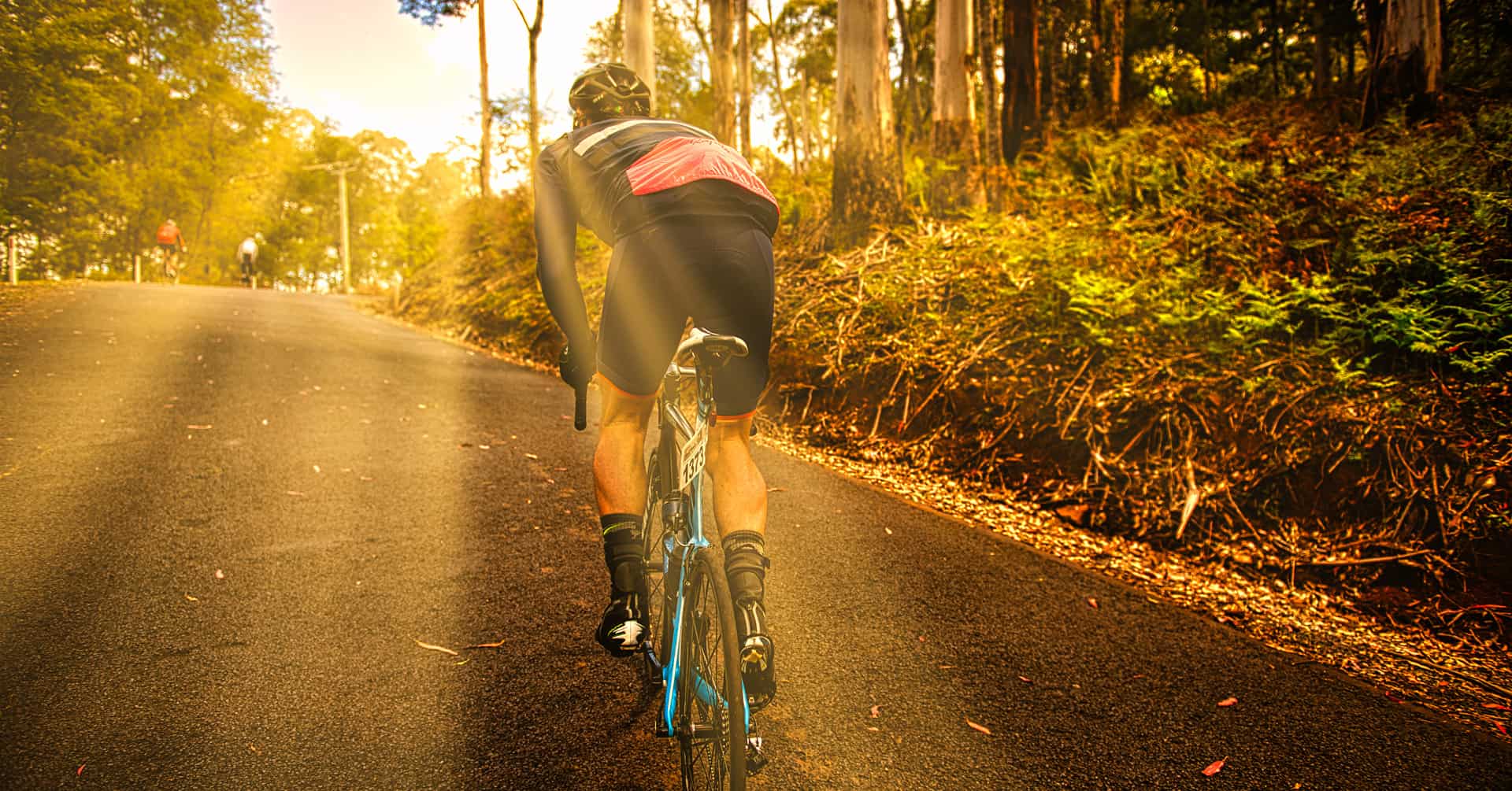
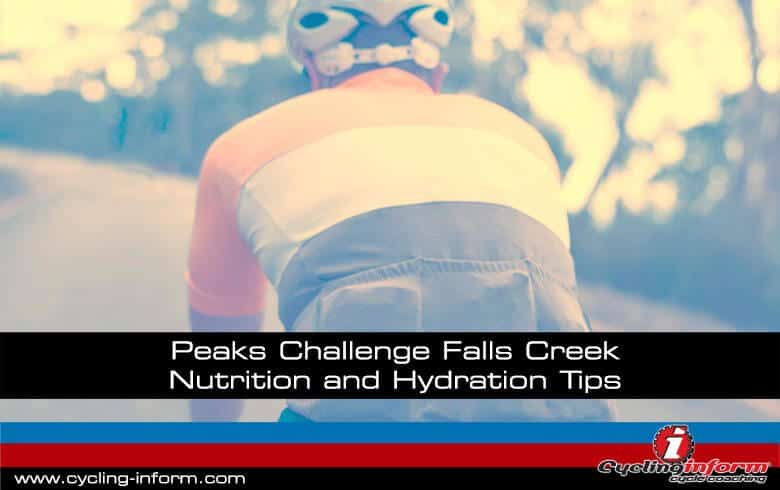
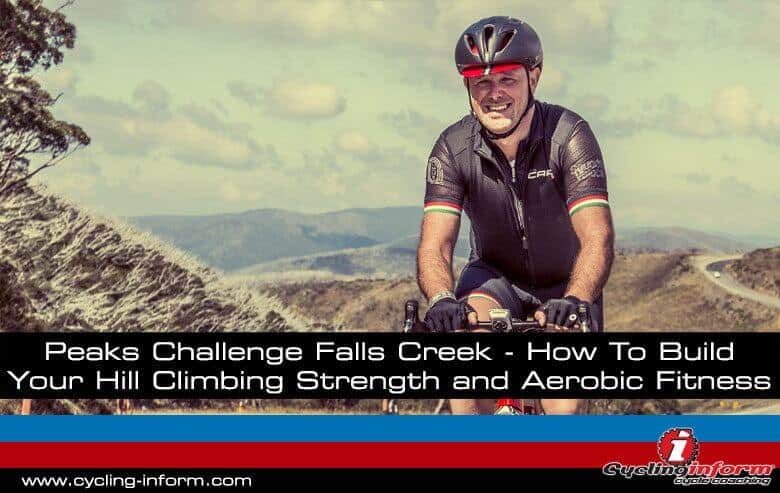
Leave A Comment